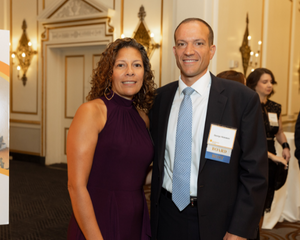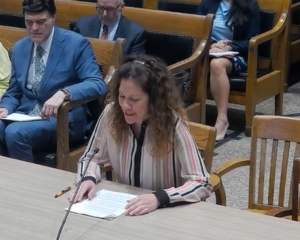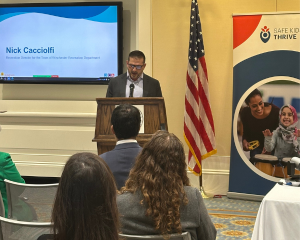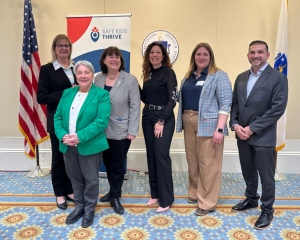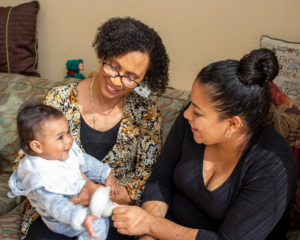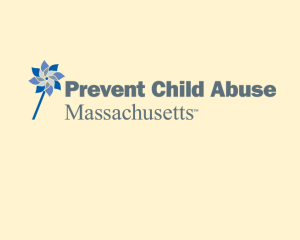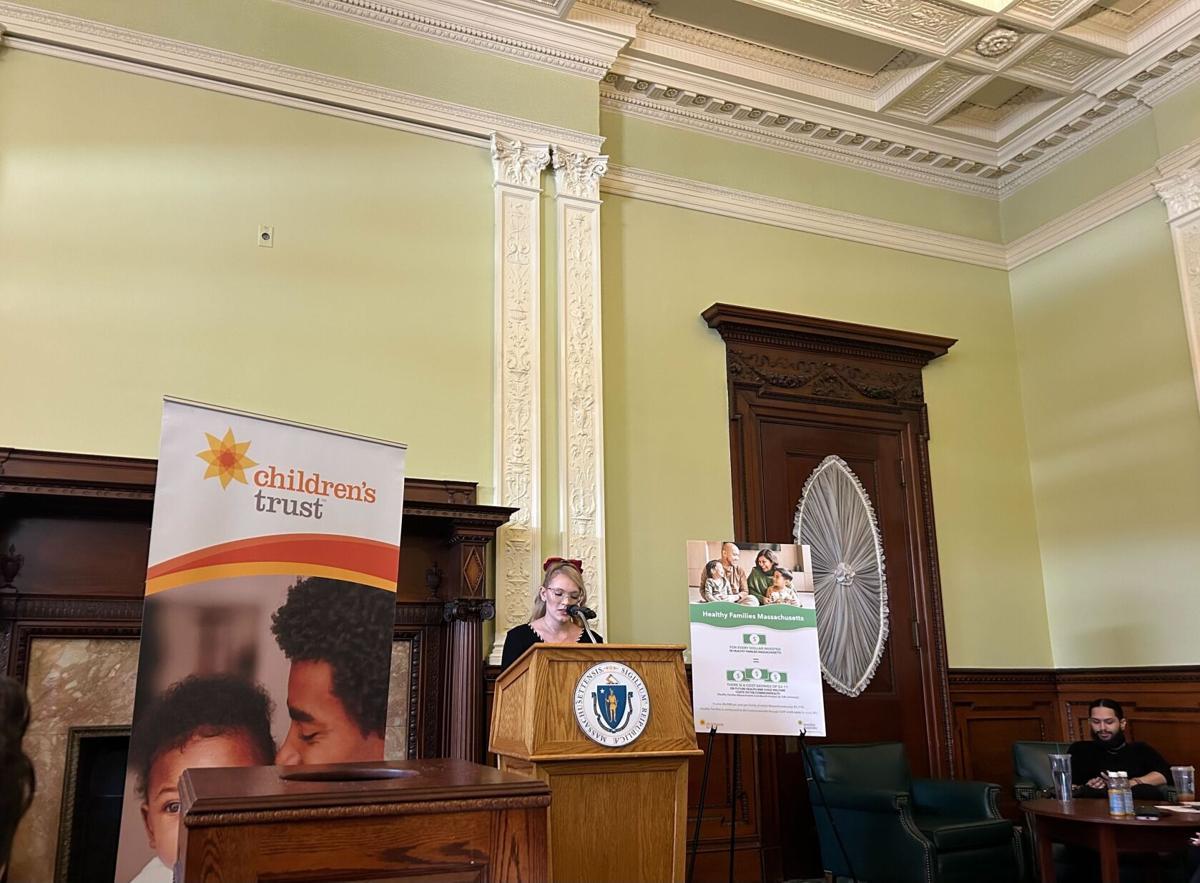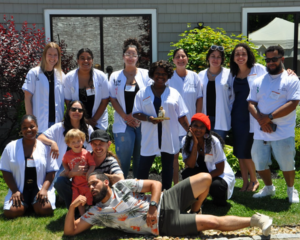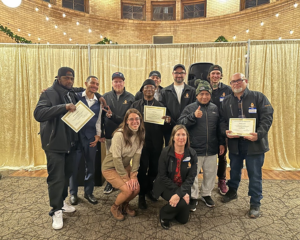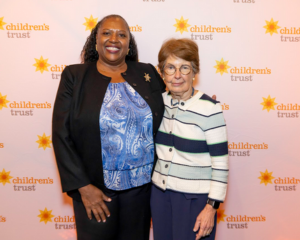Originally published in massnonprofit news.
By Suzin Bartley and Maria Mossaides
Most people who work at child- and youth-serving nonprofit organizations do so because they love children and want to protect them, but, unfortunately, those who sexually abuse children are also drawn to places that serve kids, which makes it important to know how to keep children safe.
Child sexual abuse leads to lifelong trauma for the child and leaves organizations that serve children devastated and open to liability, but with the right tools, most cases of child sexual abuse can be prevented.
Here are key elements of child sexual abuse prevention developed by the Massachusetts Legislative Task Force on the Prevention of Child Sexual Abuse, which nonprofits can readily implement:
1. Create Policies and Procedures: Your abuse prevention policies and procedures are an essential backbone of your prevention strategy, providing an overarching framework that represents your commitment to the safety and well-being of children and youth entrusted to your care.
Your child protection policies will be designed with your organization’s specific mission and circumstances in mind. For example, you will need to consider whether children are alone with an adult or whether group activities are the expected norm. Well-written policies, procedures, and guidelines are a means for you to express publicly your commitment to your parents, community, and to the children and youth you serve.
2. Screening and Hiring: Because most child sexual abuse cases are not reported to authorities, not every offender has a criminal record.
Background checks cannot be the sole component of your screening procedures. There is no “one size fits all” approach to screening and selecting employees and volunteers, but we recommend a basic level of screening and background checks for all organizations—each one part of a comprehensive process with multiple components informing an individual’s suitability to be with children.
3. Develop a Code of Conduct: This is an important tool that establishes guidelines and policies defining the expected behaviors of all adults who interact with minors.
Implemented thoroughly and consistently, your code of conduct serves as an “early warning system” that can prevent or detect any inappropriate or harmful behaviors as they occur so that your supervisors, managers, and staff can address them before the children you care for are harmed.
Every individual within your organization, especially supervisors and managers, must monitor for inappropriate behavior and respond to such behavior when necessary. That means observing interactions between employees/volunteers and children, as well as child-to-child and youth-to-youth interactions. Your staff members and volunteers should be aware that if they see something and do not correct or report it, they become part of the problem.
4. Safe Physical Environments and Technology: There are best practices and strategies you can use to target safety factors and areas of risk, including the physical and virtual spaces your children use, which can strengthen the safety and security of your environments.
Your policies should consider visibility, access to children, supervision and communication, transportation, and safe technology use.
5. Recognizing, Responding, and Reporting: While implementing prevention-focused policies is a significant step towards keeping kids safe, no policy can eliminate all risk.
Every administrator, manager, supervisor, employee, and volunteer at your organization should understand what abuse looks like, how to respond appropriately, and how to report it to the Department of Children & Families.
Your leadership must support your staff by creating a culture prioritizing child safety and abuse prevention, where all staff and volunteers are encouraged to come forward, concerns can be expressed and discussed without fear, and immediate, appropriate action is taken – including reporting the allegation, suspicion, or disclosure to those responsible for responding.
6. Training: Ensuring your staff and volunteers fully adopt and adhere to your new sexual abuse prevention plans requires both initial and periodic follow-up training.
Your training programs should be offered at least annually to heighten awareness of your organization’s commitment to child and youth safety—and zero tolerance for their abuse.
7. Sustainability: To sustain an effective prevention program, you will need consistent involvement and collaborative, ongoing communication with all stakeholders.
You can help to sustain positive outcomes by scheduling annual “self-audits” that collect data to measure forward progress and provide snapshots of your program implementation. In addition, your Policies and Procedures themselves should be evaluated every two to three years to ensure they are up-to-date and reflect your organization’s current programs.
For more, visit safekidsthrive.org.






